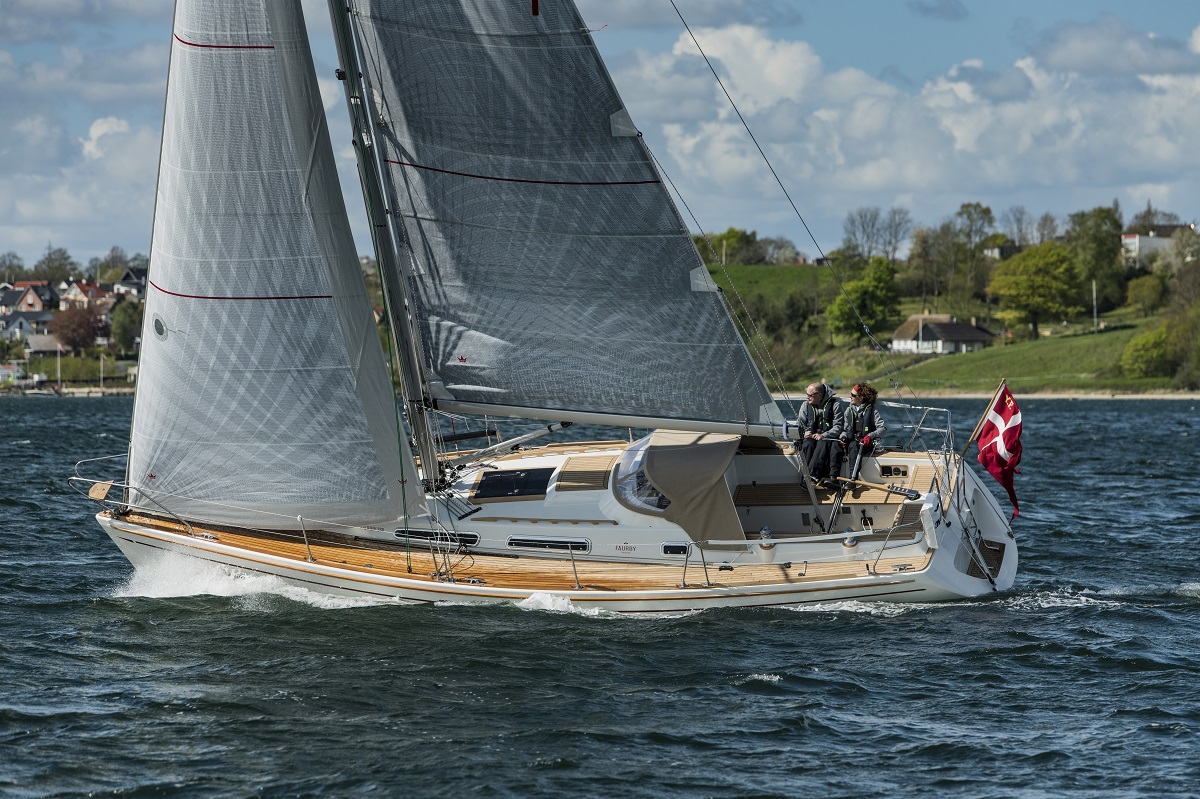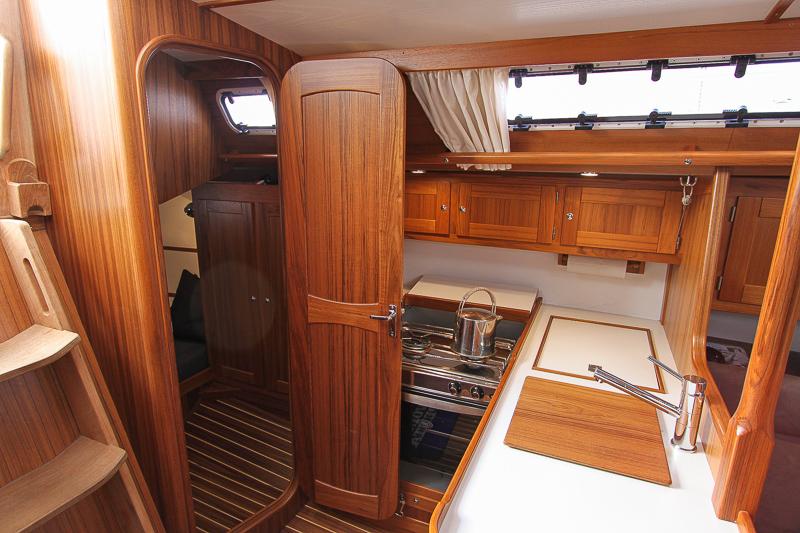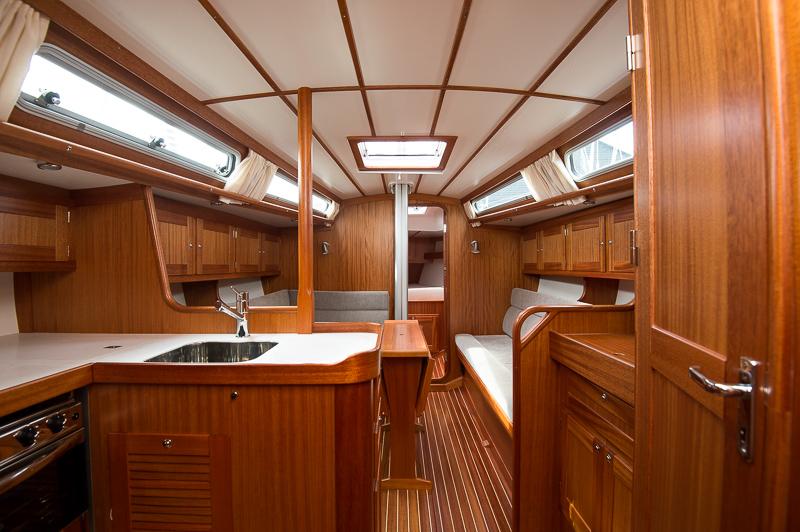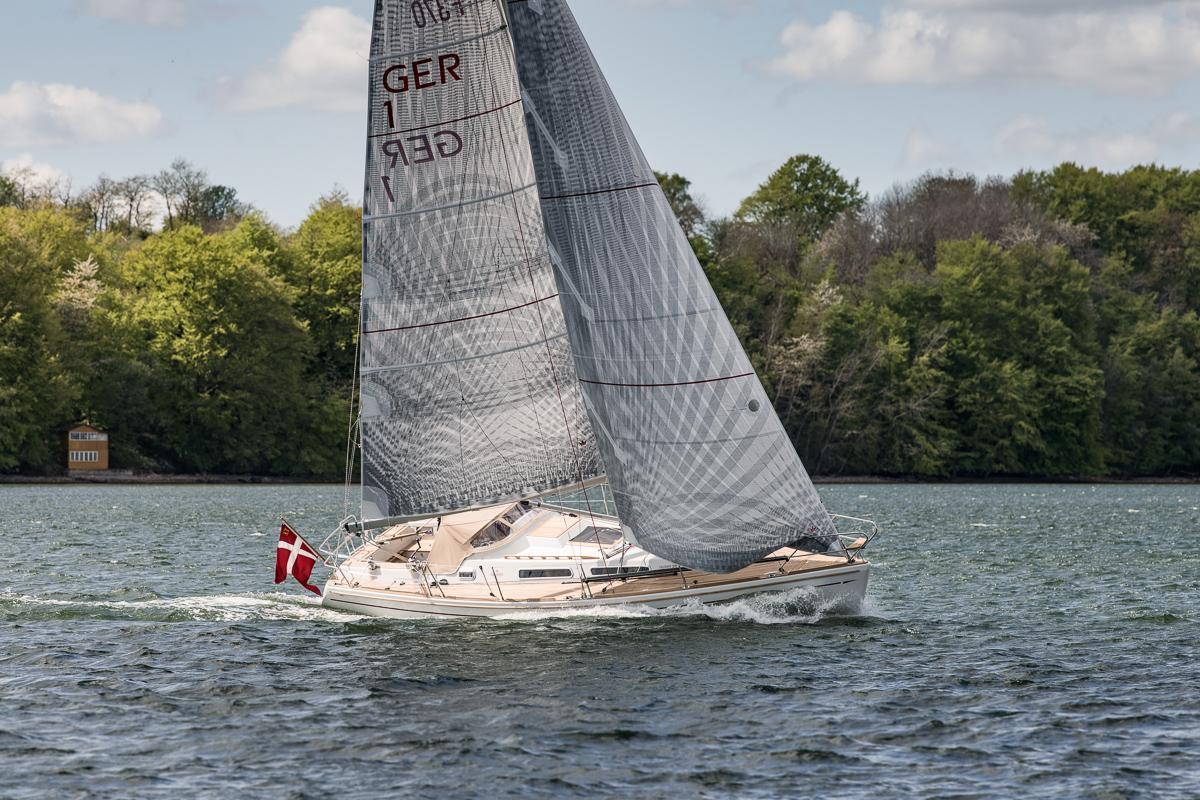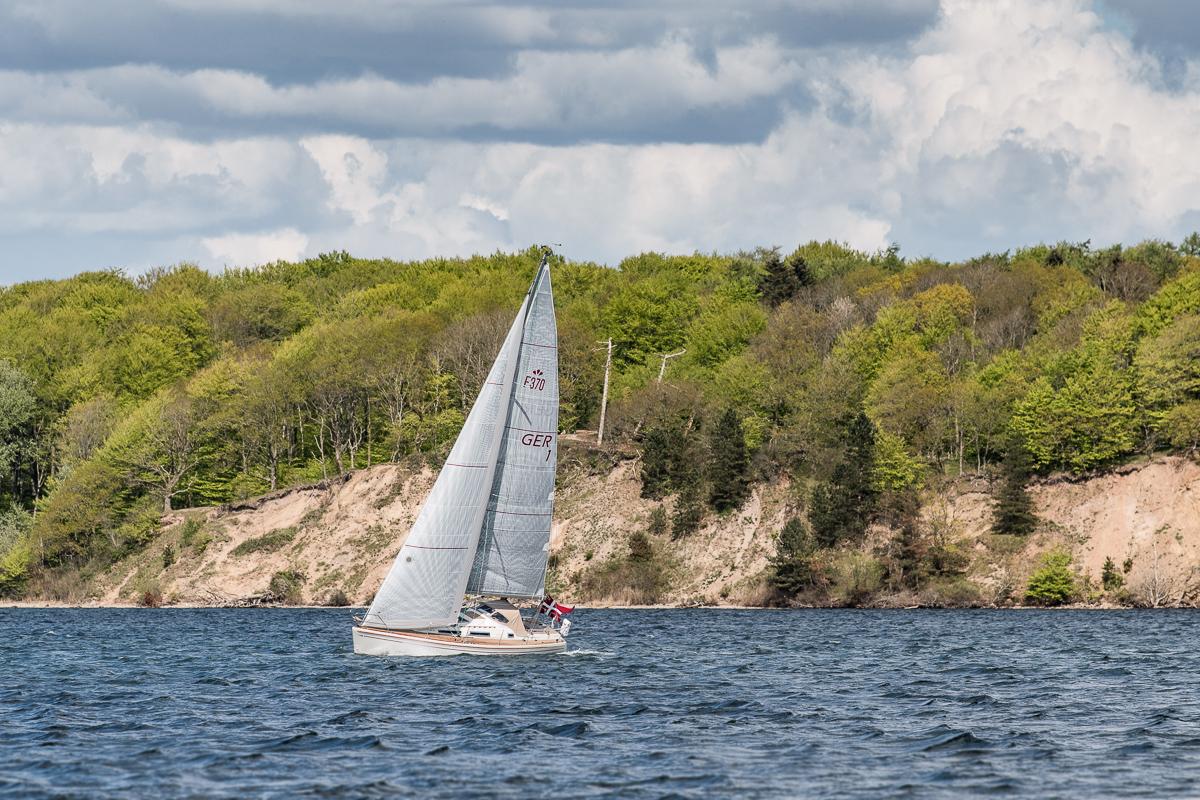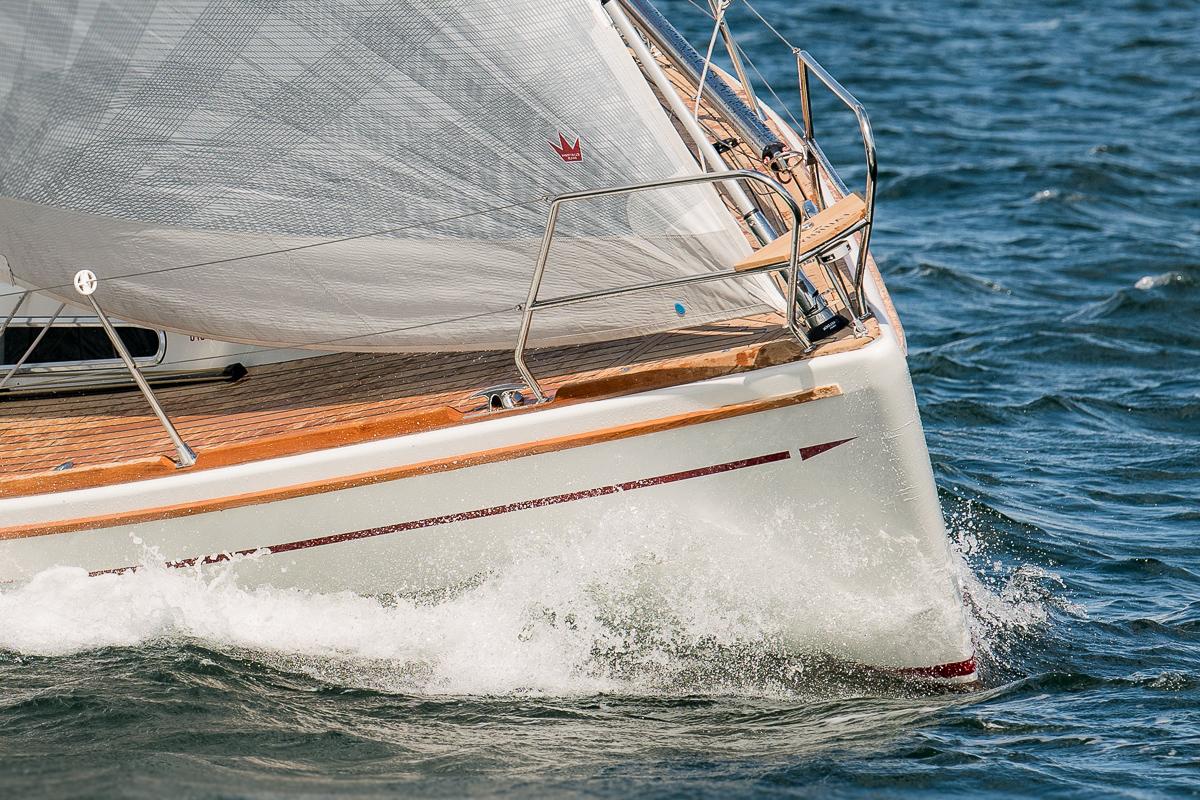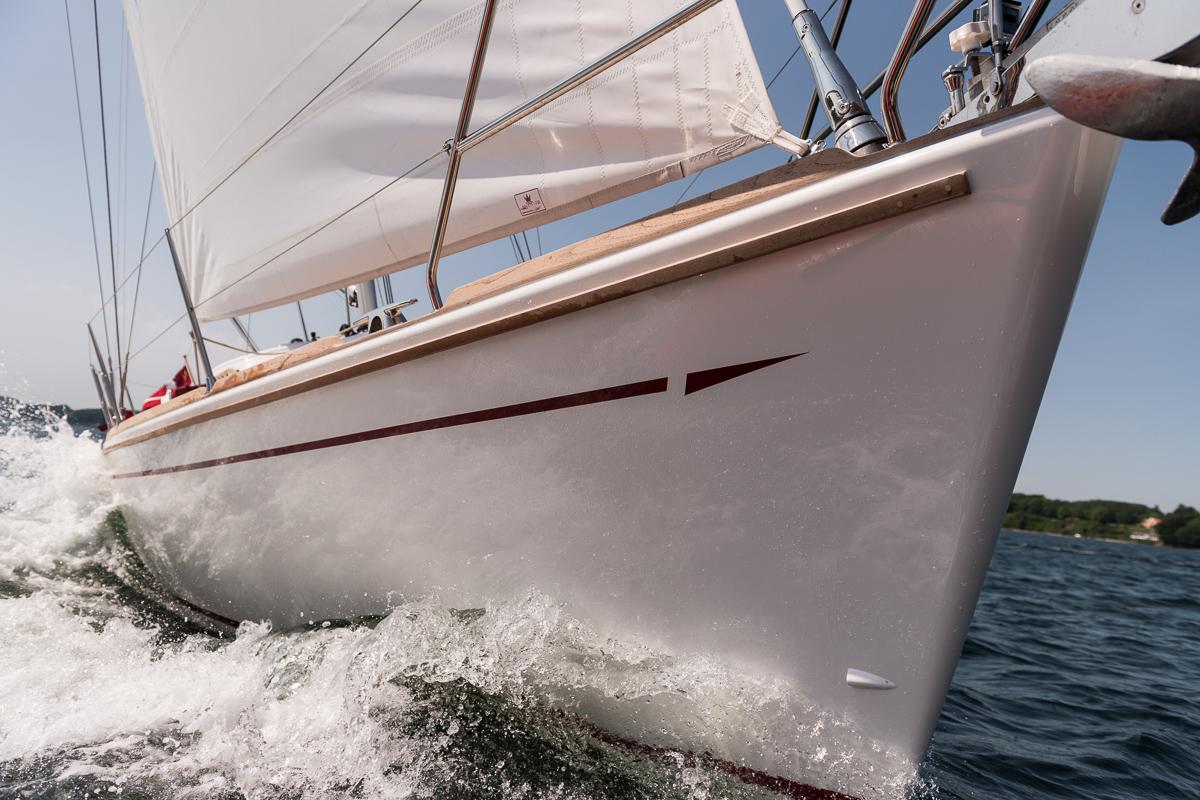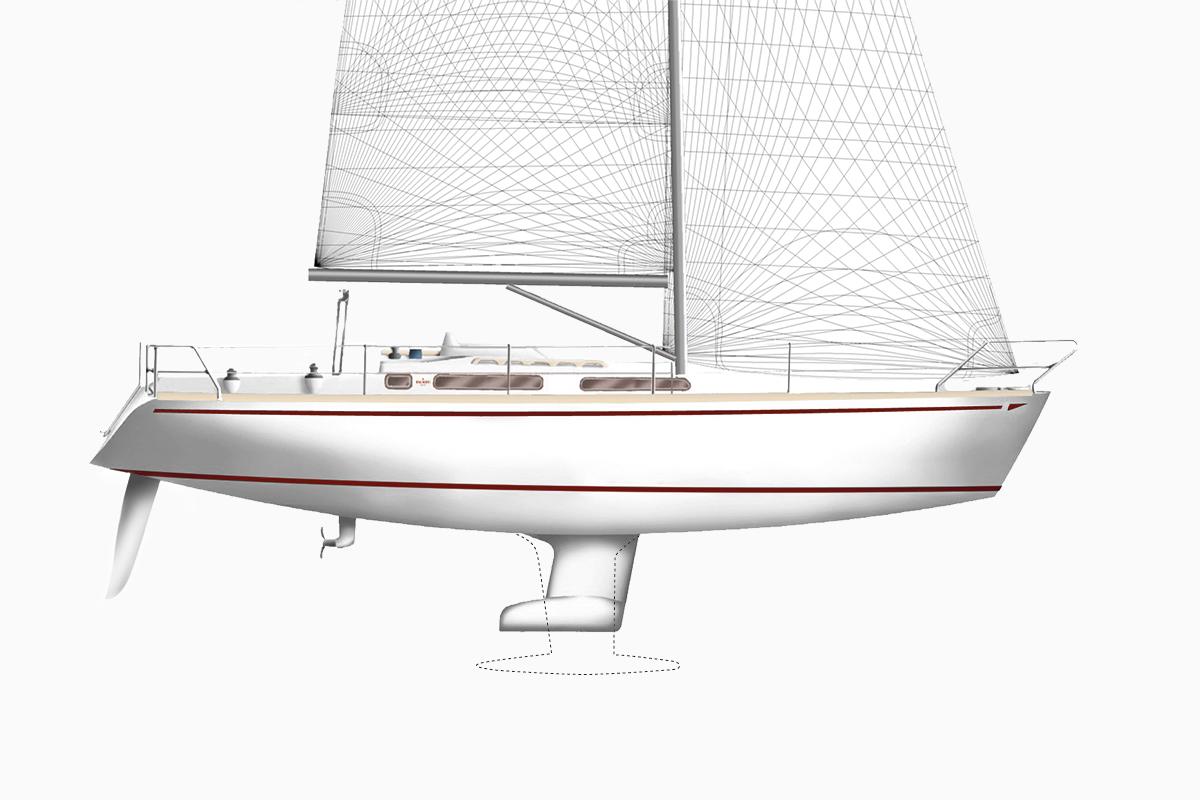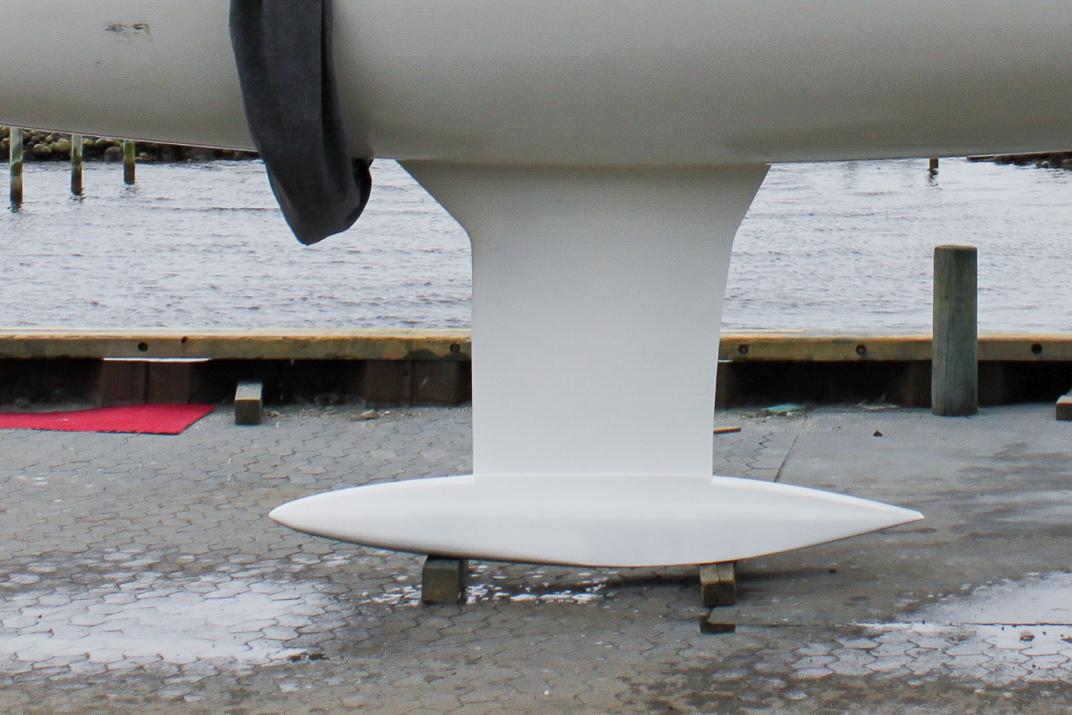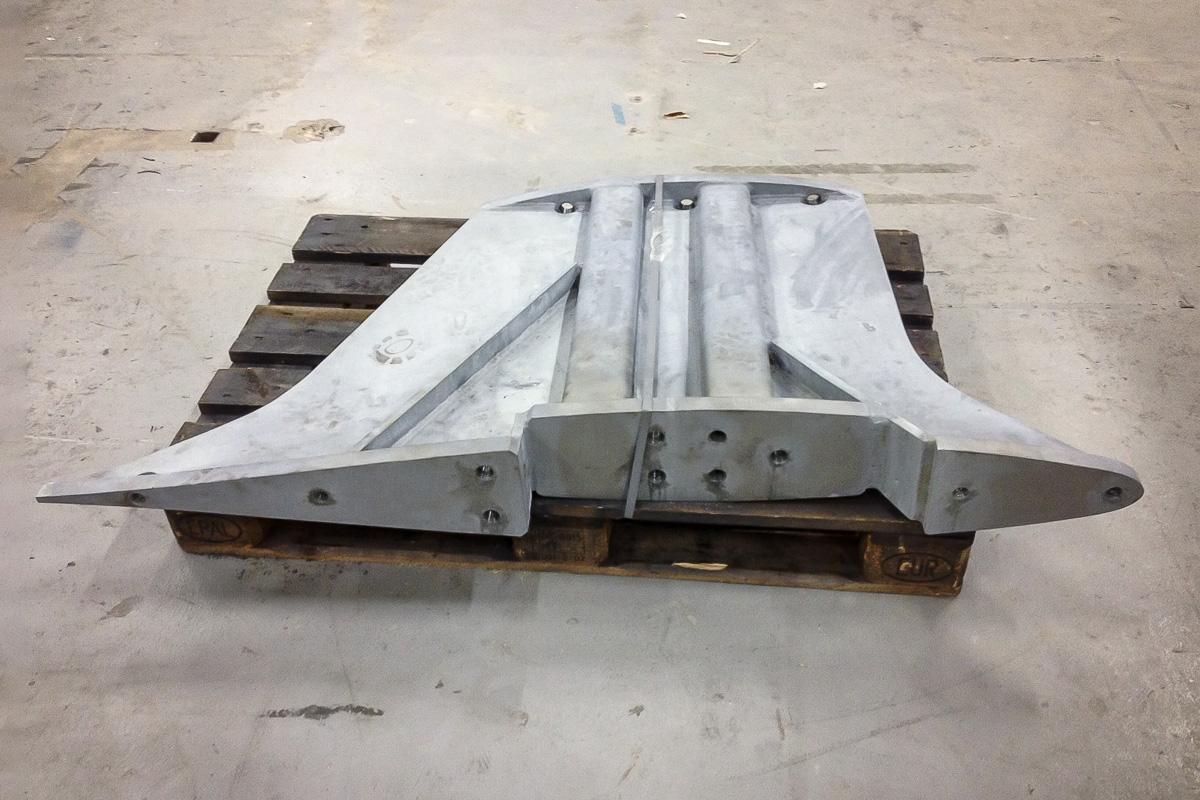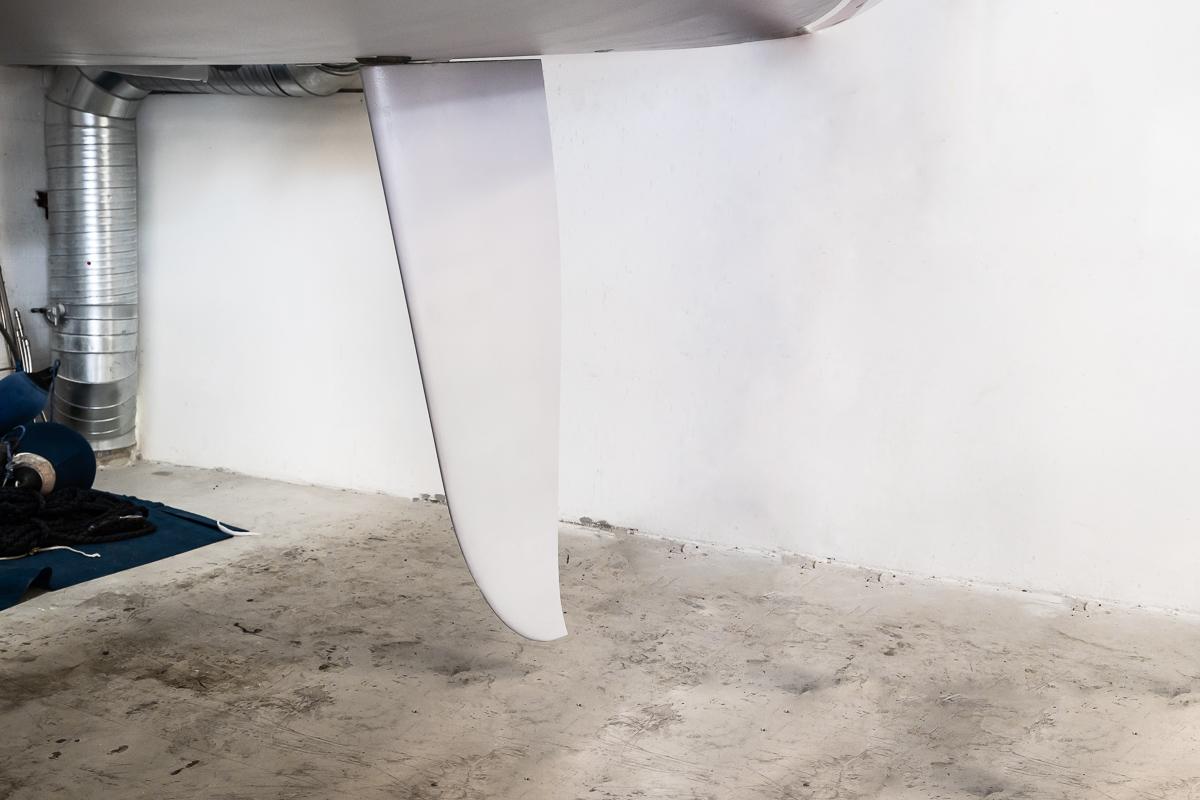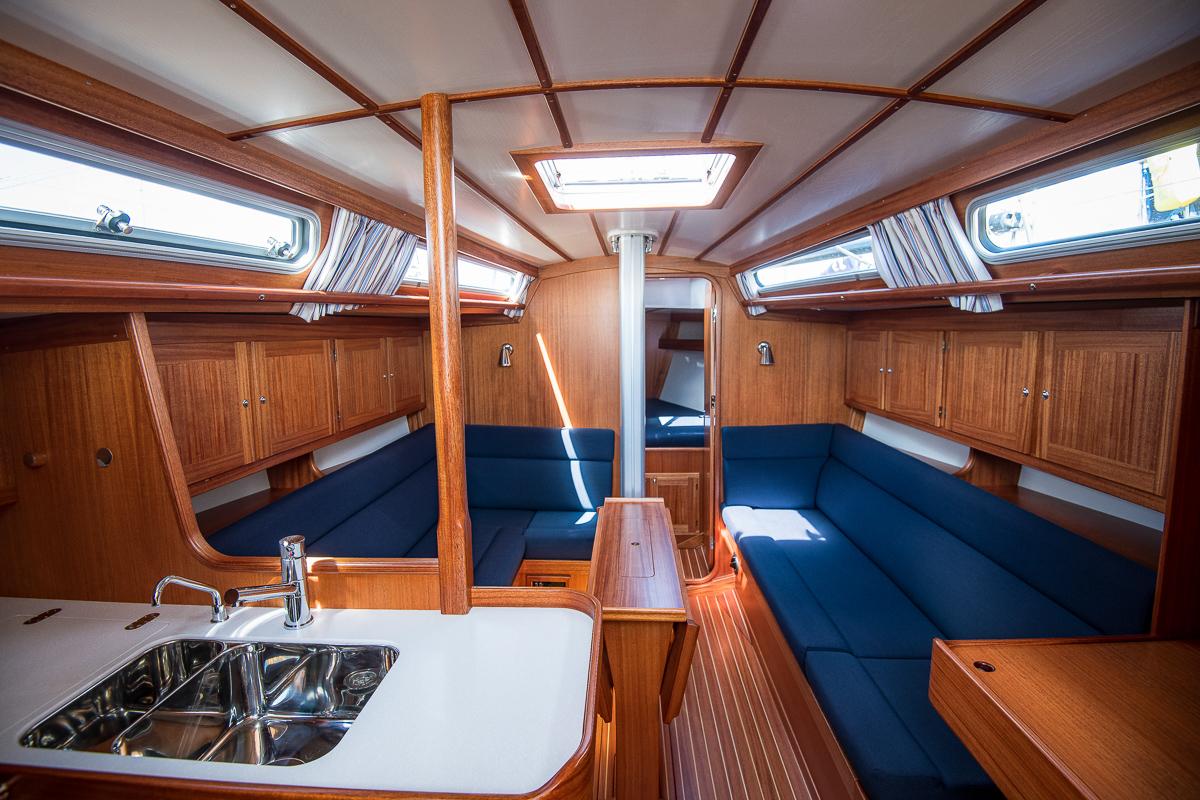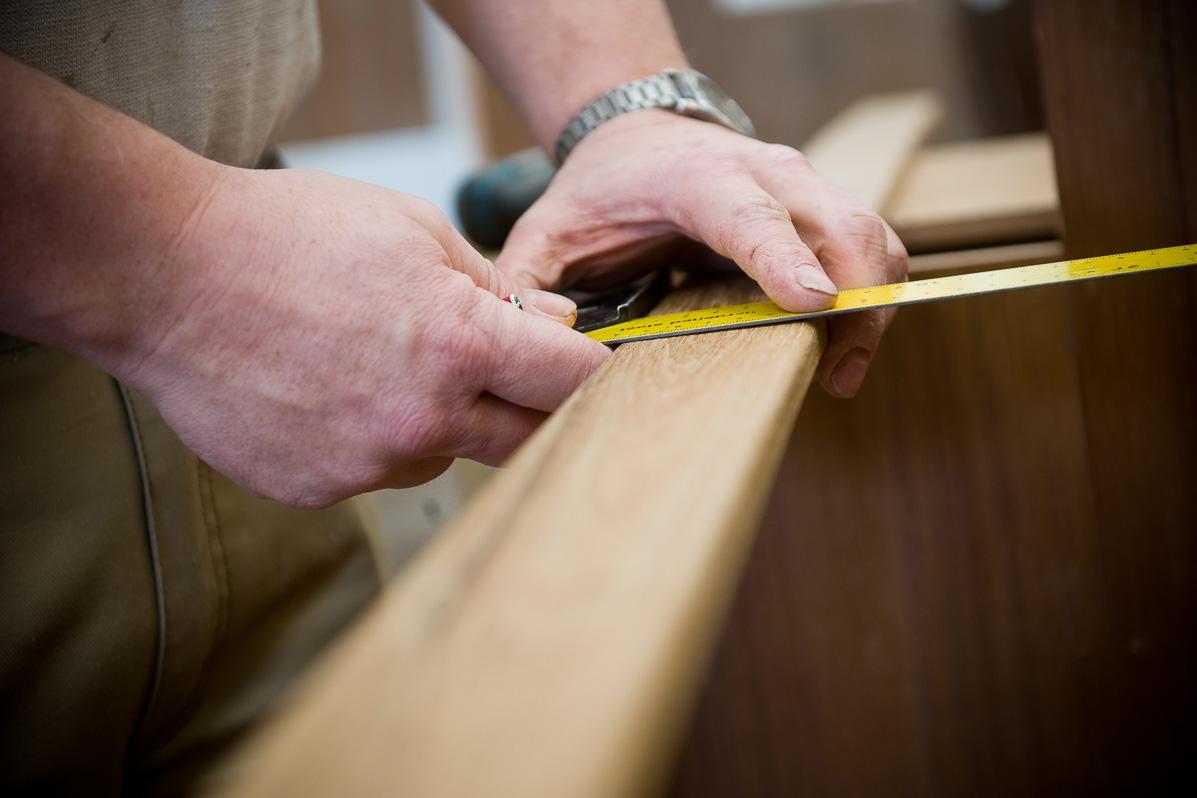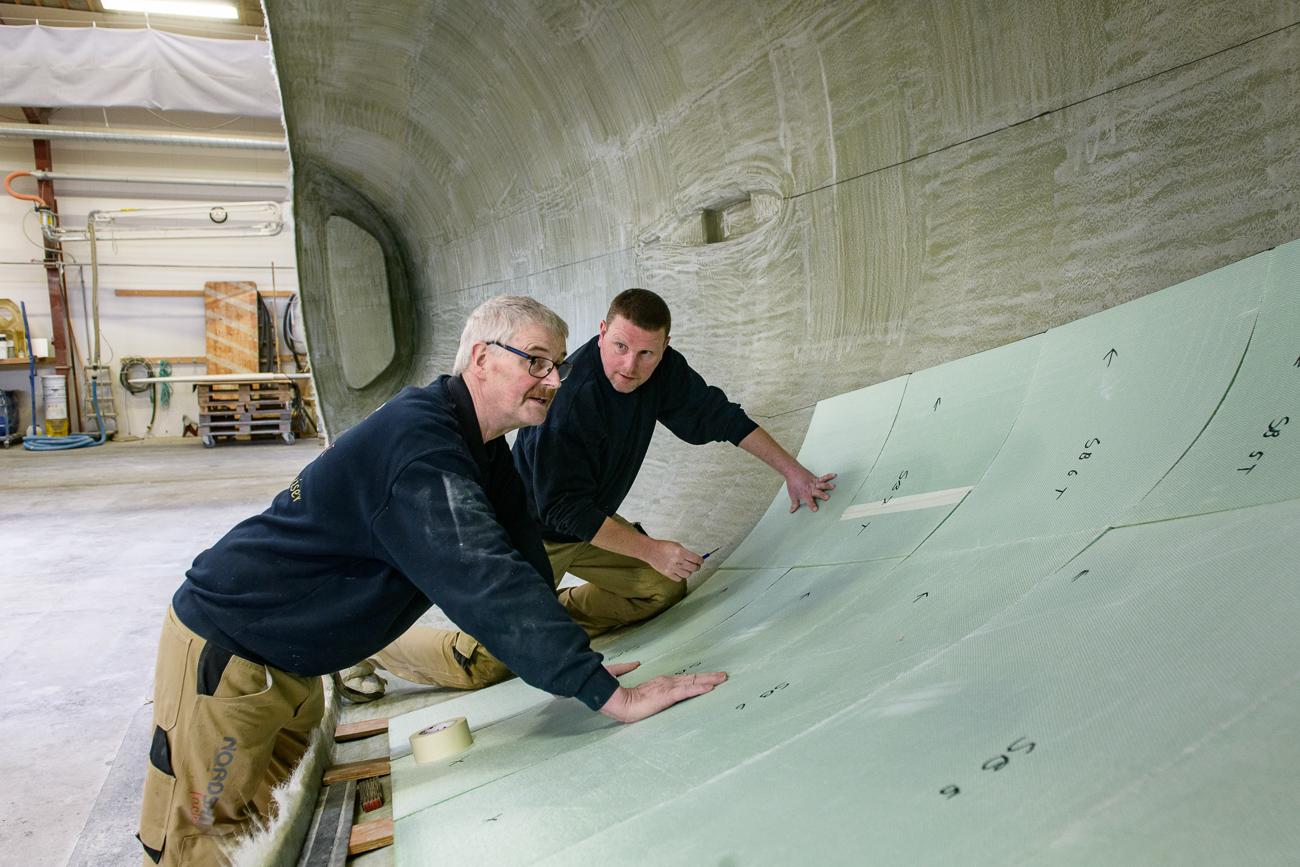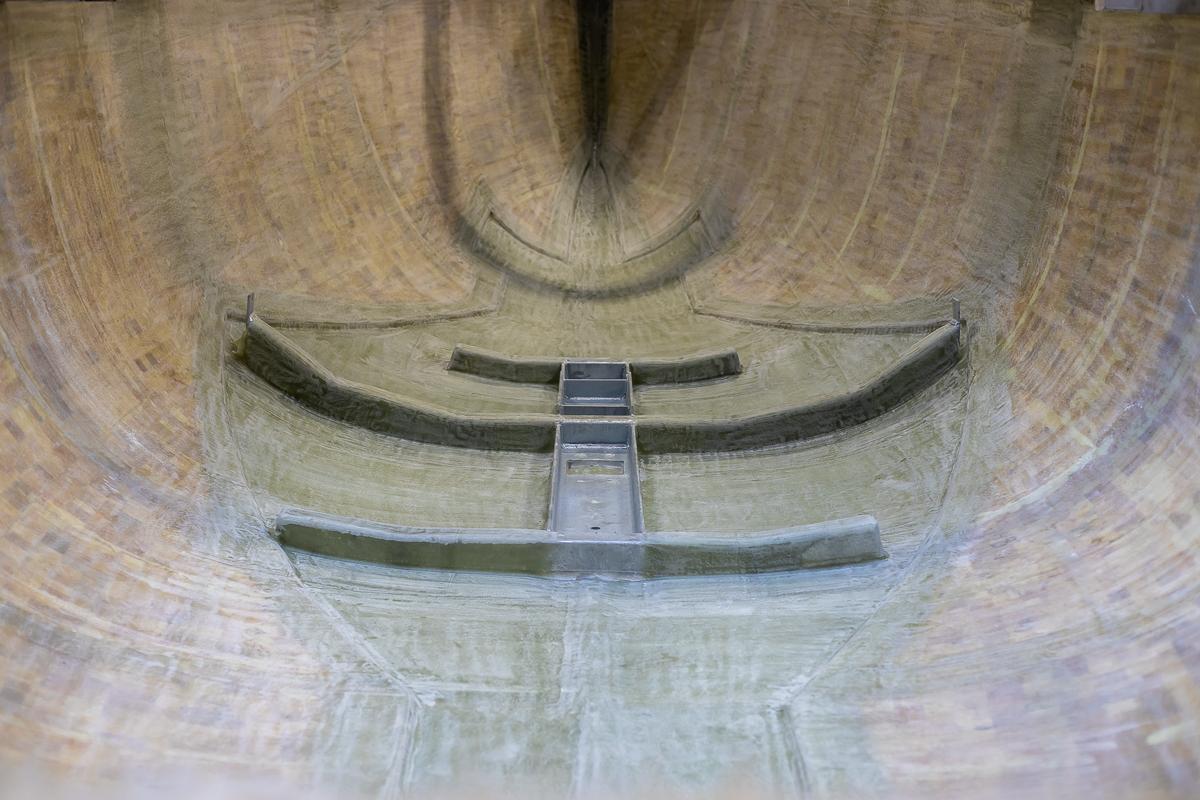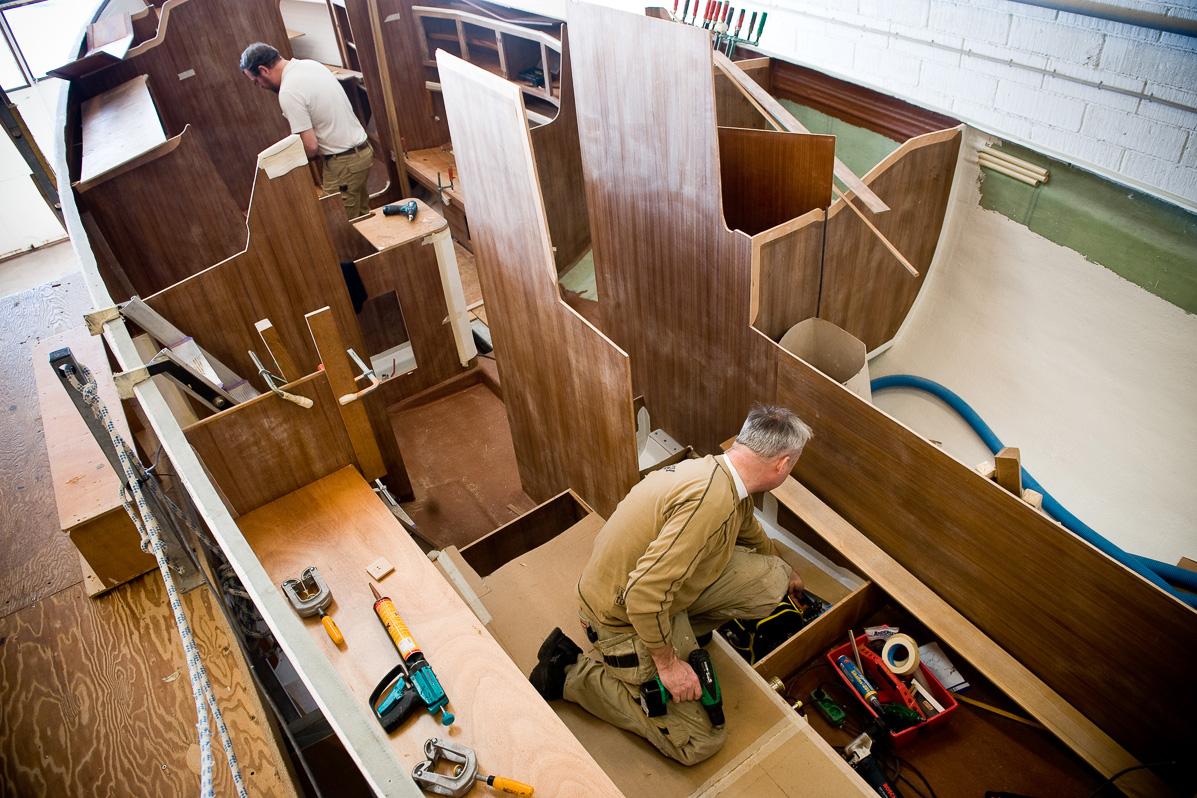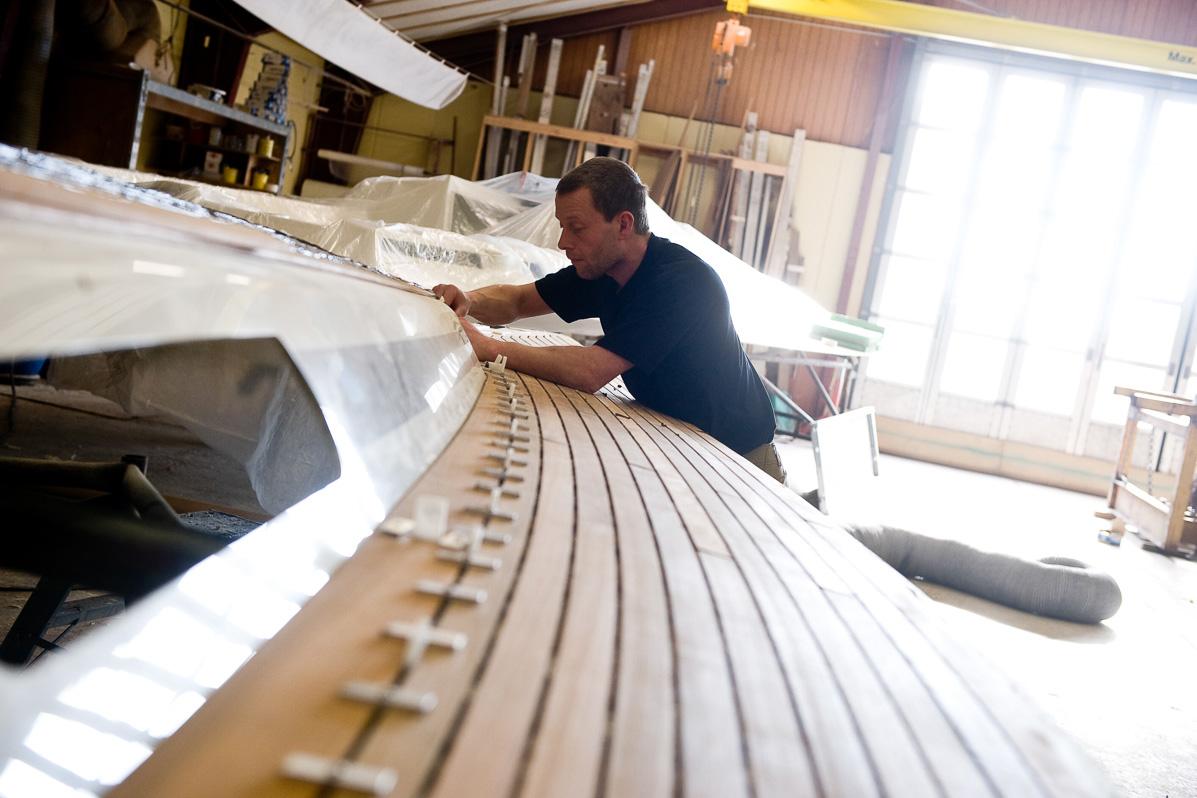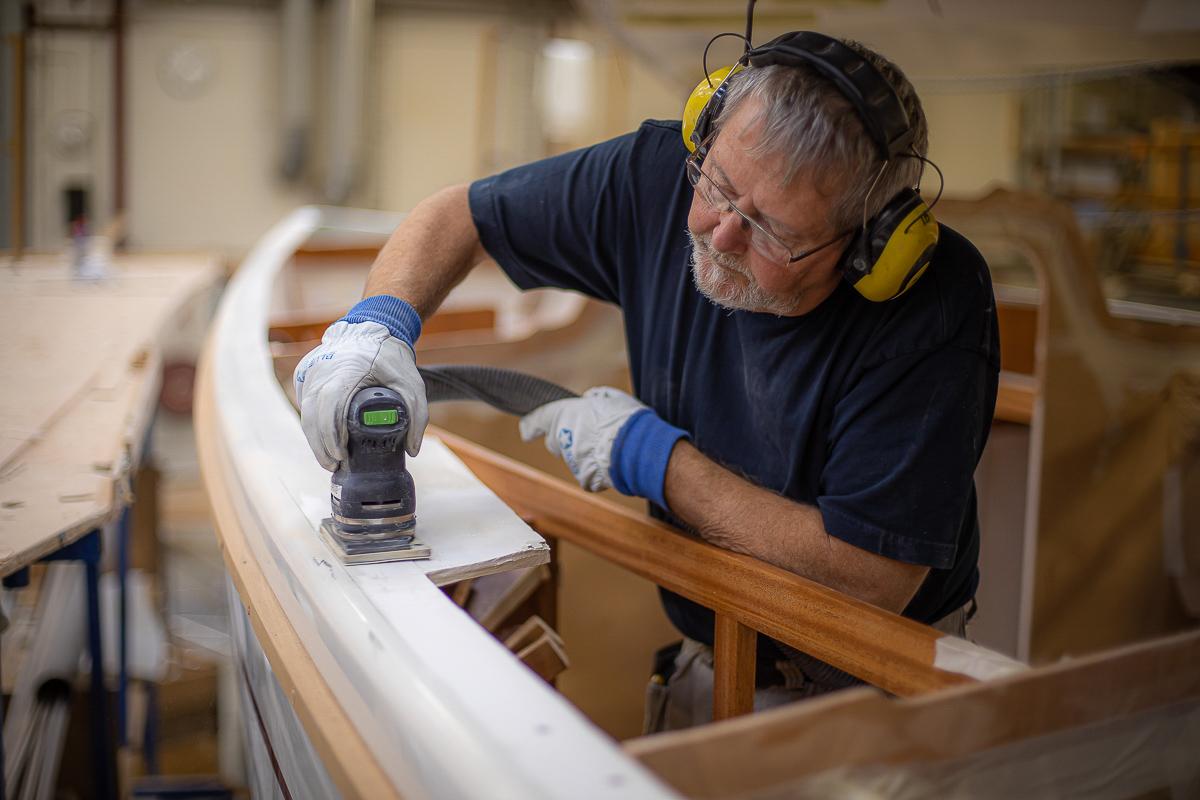Specification
Faurby 370
No area on our Faurby 370 is compromised, she feels well-proportioned and offers two good-sized double cabins; one forward and one aft. The saloon is spacious and six people can sit around the large saloon table in comfort and luxury. She has good headroom throughout and remains fully customisable. You can, for example, choose which way you prefer to sit at the chart table or navigation station, or even whether you want one at all. The galley can be the shape and location that works best for you. The heads has the space for a shower compartment, or you can choose to dedicate more space to other, more frequently used areas.
On deck, she has high cockpit coamings for safety and shelter. The coamings also incorporate rope bins for the sail control lines that are led aft from the coachroof, keeping the cockpit wonderfully line-free. The Faurby 370 is available with either a wheel or tiller according to your preference. The mainsheet is to hand, in the cockpit, forward of the helm, making her east to sail with just one person on watch.
Cockpit stowage is excellent with a vast cockpit locker to starboard while further aft are two spacious lazarette lockers. If you’d prefer an open transom, these can be removed during the build.
On deck, the lines from the mast are led under the deck to keep the coachroof free of clutter and keep them protected from dirt and UV light. There is the option of a sprayhood, which stows neatly into a dedicated reccess forward of the companionway.
